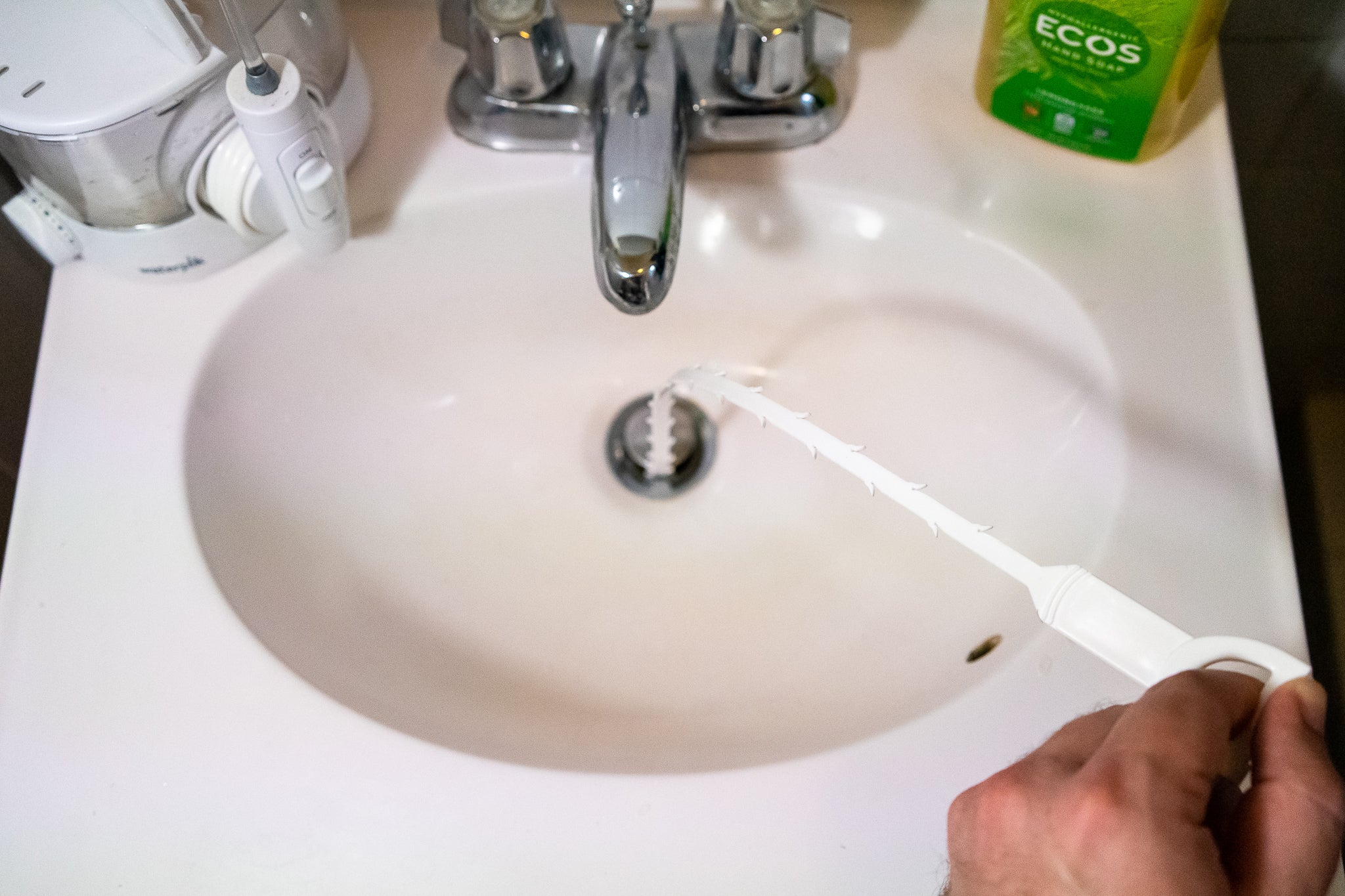Pointers for Dealing with a Blocked Drain Before Contacting Experts
Pointers for Dealing with a Blocked Drain Before Contacting Experts
Blog Article
Are you searching for information concerning Some easy tips to fix blocked drains?

Introduction
Taking care of a blocked drainpipe can be a frustrating experience, disrupting daily activities and possibly triggering damage to your building. However, before reaching out to plumbing experts, there are actions you can require to resolve the issue yourself. In this overview, we'll check out DIY options and safety nets to take on an obstructed drain efficiently.
Identifying the Concern
The first step in dealing with an obstructed drain is identifying the indications. Slow drain, gurgling sounds, foul odors rising from drains pipes, or water backing up prevail indications of a blocked drain. Recognizing these indicators early can aid stop even more complications.
Choosing the Right Pipes Service
When choosing a plumbing solution, consider variables such as experience, licensing, and customer testimonials. Pick a credible plumbing technician with a track record of quality craftsmanship and transparent prices methods.
Expense Factors to consider
The cost of professional drainpipe cleaning company can vary depending on the severity of the blockage and the plumbing professional's prices. Request quotes from multiple service providers and ask about any type of surcharges to ensure transparency and stay clear of shocks.
Safety Precautions
When attempting do it yourself drainpipe cleaning, prioritize safety and security. Wear protective handwear covers and eyeglasses to stay clear of contact with dangerous chemicals or bacteria. Never ever mix different drainpipe cleansing items, as this can create unsafe fumes.
Case Studies
Real-life instances highlight the performance of do it yourself services and the relevance of timely professional treatment in settling drainpipe obstructions.
Typical Causes of Obstructed Drainpipes
Recognizing the elements that contribute to drain pipes blockages is vital for effective resolution. Typical culprits consist of hair, soap scum, grease, food debris, and foreign objects like sanitary products or paper towels. Tree origins invading below ground pipelines can also trigger considerable clogs.
DIY Solutions
For small obstructions, numerous DIY solutions can be effective. Pouring boiling water down the drainpipe can assist dissolve oil and debris. Baking soda and vinegar or a blend of salt and cooking soda can act as natural cleaners. Making use of a bettor or plumbing snake to remove obstructions is an additional choice.
Devices and Devices
Having the right tools on hand can make DIY drain cleaning up more effective. A bettor is a flexible device for getting rid of blockages in sinks, bathrooms, and showers. A plumbing serpent or auger can get to much deeper obstructions, while drainpipe cleaning chemicals can be used carefully for persistent obstructions.
Preventive Measures
To stay clear of future clogs, embracing preventive measures is critical. Mount drain guards or filters to catch hair and debris before they enter the pipelines. Regularly flush drains with warm water to dissolve oil build-up, and prevent getting rid of grease or solid waste down the tubes.
When to Call a Specialist
While do it yourself services can deal with small blockages, specific indicators suggest the demand for expert help. Persistent obstructions, foul odors regardless of cleaning up efforts, or several drains pipes supporting simultaneously are warnings that require skilled intervention.
Final thought
By following the suggestions outlined in this overview, you can successfully take on blocked drains pipes and stop future plumbing issues. Whether going with DIY solutions or looking for expert support, prompt action is key to preserving a healthy and balanced plumbing system and maintaining the honesty of your home.
WHAT I LEARNED FROM TRYING TO DEAL WITH A CLOGGED DRAIN
We have had our share of seepages and other annoying things that are part of living, especially in an apartment complex. And if there’s one thing that’s terrifying for a homeowner—or even someone in a rented home—it is a clogged drain, indoors or outdoors.
We enjoy our living space, but it’s simply a fact of life that dead skin, soap and a host of other items go down the drain; eventually, the residue builds up and prevents anything from moving. Ugh.
Not Calling A Professional
Of course, it might seem simple to just whip the pipe off under the sink and see if you can unblock it. Unfortunately, what if the blockage isn’t there, or you don’t reconnect it properly? Worse, you might break a piece and have no drainage system. Can you imagine that scene? Yuck!
Not Watching Your Waste
This will sound d’uh, but the best tip I can give you for drain cleaning is to avoid clogging the drain in the first place! You can do this by monitoring what goes down the drain and catching the items which are most likely to give you a problem. Invariably hair, vegetable peels, and large wads of toilet paper are the most obvious culprits. Add a filter—these are available in hardware stores and can be removed and cleaned easily.
Poking The Drain
The first urge with a clogged drain is to poke at it with a stick or anything that resembles a stick. Sadly, this does not result in magically solving the issue. The mental image is, naturally, one of the stick just pushing through the offending item and all is well again. Reality is quite different and unpleasant and likely to lead to further problems.
The thing is, every drain has a series of bends that are not visible to us. Drains are built this way to prevent gases from entering the house. What happens when you poke a stick into the drain? Of course, it can’t bend around the corner. The more adventurous people will use force and end up wedging the stick or causing it to break off in the pipe—creating an even bigger issue. Worst thing? The stick will shift the block further down the pipe, creating the space for more to collect. Go ahead! Roll your eyes!
Using The Wrong Plunger
You know what they say: the right tool for the right job! Did you know there are different types of plungers besides the basic one we keep at home for an emergency? Yes, there are. For example, the toilet plunger has a bell-shaped bottom while the sink plunger is flat. This is an important difference and using the wrong plunger will be useless. There’s also a knack in using plungers—they must be placed in such a way that they create an airtight seal and then, moved slowly up and down—not as fast as we imagine.
https://vidyasury.com/2018/01/learned-trying-deal-clogged-drain.html

Hopefully you enjoyed reading our section on 8 Tips For Clearing A Blocked Drain. Thanks a ton for taking a few minutes to read through our blog. Do you know about anybody else who is inquisitive about the topic? Feel free to share it. Thank you so much for taking the time to read it.
Click Here Report this page